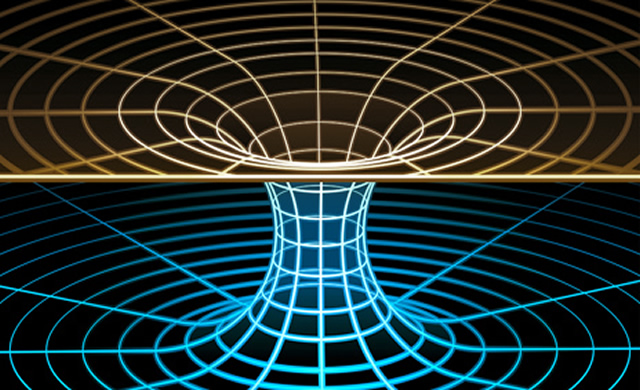
(Image via Shutterstock)
Un nuovo dispositivo consente di manipolare con una precisione mai raggiunta prima i fotoni che si propagano all’interno di un mezzo di Kerr, in cui l’indice di rifrazione può essere controllato con un campo elettrico. Il risultato potrebbe aprire la strada per tutte le operazioni di base che dovrebbero supportare i protocolli d’informazione quantistica, come la generazione di singoli fotoni e la misurazione del loro stato.
Un nuovo metodo per manipolare stati quantistici di fotoni viene descritto in un articolo apparso sulla rivista “Nature” a firma di Gerhard Kirchmair del dipartimento di fisica applicata della Yale University e colleghi. Il risultato apre nuove prospettive per l’elaborazione dell’elaborazione quantistica dei dati. L’avvento dei futuri e, in linea di principio, potentissimi computer quantistici è subordinato alla realizzazione di qubit, bit d’informazione quantistica, che siano affidabili e facilmente controllabili. Un qubit è un sistema fisico microscopico – tipicamente un fotone, un atomo o un a molecola – che deve codificare un’unità di informazione binaria in diversi stati quantistici o in una loro combinazione. I due stati “su” e “giù” dello spin per esempio possono corrispondere agli “0” e “1” utilizzati attualmente nei bit per codificare tutta l’informazione elaborabile da nostri computer “classici”. Le enormi potenzialità dei qubit sono però legate alla possibilità di creare stati quantistici sovrapposti o legati da entanglement, la correlazione che permette a due particelle opportunamente preparate di influenzarsi anche quando vengono allontanate.
Fonte/Leggi tutto → www.lescienze.it
Scientists at Yale University have found a new way to manipulate microwave signals that could aid the long-term effort to develop a quantum computer, a powerful tool that would revolutionize information processing through unprecedented speed and power.
Like regular (classical) computers, quantum computers must be able to receive, store, and manipulate information in order to perform calculations. But the fragile nature of quantum information — which exists as a “0” or “1” or both simultaneously — poses challenges. In research published March 14 in the journal Nature, Yale physicists report an advance in developing memory mechanisms. The advance involves photons, the smallest units of microwave signals, which can serve as a quantum computer’s memory, like the RAM of a regular computer. Photons can carry and hold quantum information for a long time, because they interact weakly with the media they typically travel through — coaxial cables, wires, or air, for example. The weakness of these interactions prevents the photons from being absorbed by the medium and preserves the quantum information, once it’s been encoded. In the Nature paper, the researchers report creating an artificial medium in which photons repel photons, allowing for efficient, non-destructive encoding and manipulation of quantum information.
Source/Continue reading → news.yale.edu





















